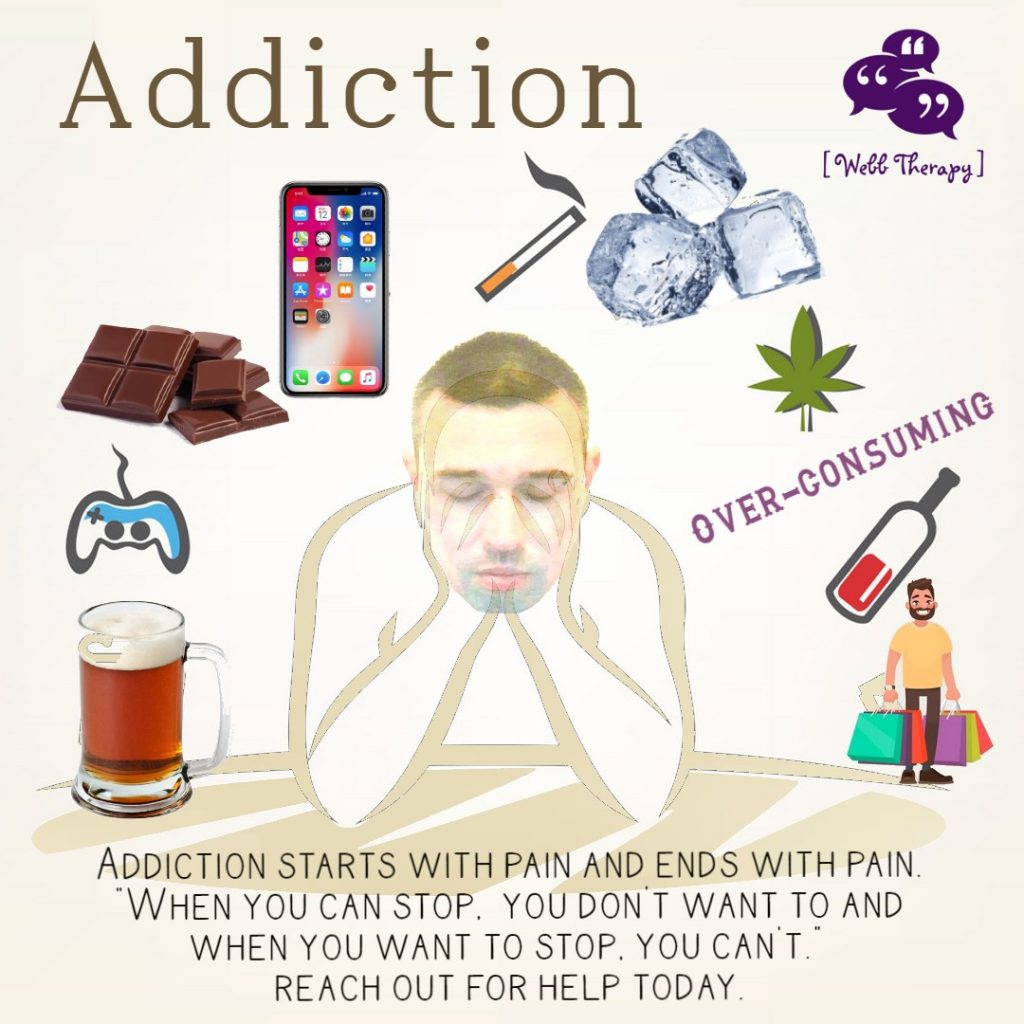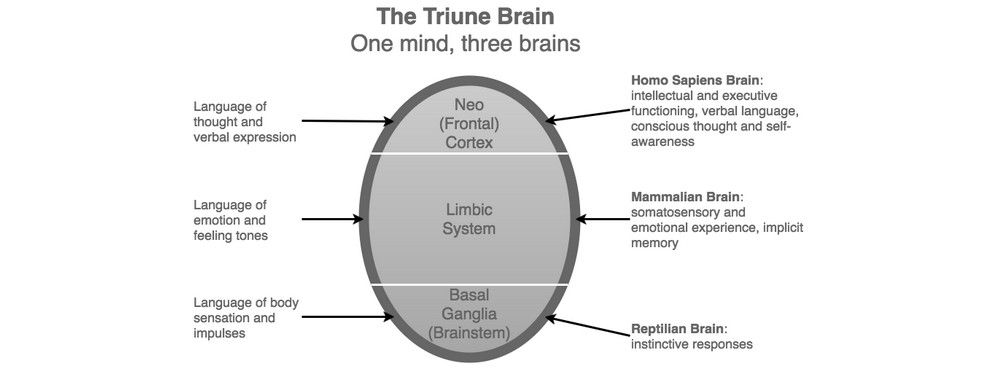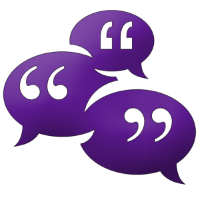
Addiction – Overconsuming – Self Obsession – Power and Greed – Instant Gratification – People Pleasing – Popularity – Co-dependency – Avoidance – Isolation

Related Post
Sigmund Freud’s classic Defence Mechanism’sSigmund Freud’s classic Defence Mechanism’s
Projection: Attributing one’s unacceptable feelings or desires to someone else. For example, if a bully constantly ridicules a peer about insecurities, the bully might be projecting his own struggle with self-esteem onto the other person.
Denial: Refusing to recognize or acknowledge real facts or experiences that would lead to anxiety. For instance, someone with substance use disorder might not be able to clearly see his problem.
Repression: Blocking difficult thoughts from entering into consciousness, such as a trauma survivor shutting out a tragic experience.
Regression: Reverting to the behaviour or emotions of an earlier developmental stage.
Rationalization: Justifying a mistake or problematic feeling with seemingly logical reasons or explanations.
Displacement: Redirecting an emotional reaction from the rightful recipient to another person altogether. For example, if a manager screams at an employee, the employee doesn’t scream back—but the employee may yell at her partner later that night.
Reaction Formation: Behaving or expressing the opposite of one’s true feelings. For instance, a man who feels insecure about his masculinity might act overly aggressive.
Sublimation: Channelling sexual or unacceptable urges into a productive outlet, such as work or a hobby.
Intellectualization: Focusing on the intellectual rather than emotional consequences of a situation. For example, if a roommate unexpectedly moved out, the other person might conduct a detailed financial analysis rather than discussing their hurt feelings.
Compartmentalization: Separating components of one’s life into different categories to prevent conflicting emotions.
The ‘Triune Brain’ theory by Neuroscientist Paul MacLean — an evolutionary perspectiveThe ‘Triune Brain’ theory by Neuroscientist Paul MacLean — an evolutionary perspective

In the 1960s, American neuroscientist Paul MacLean formulated the ‘Triune Brain’ model, which is based on the division of the human brain into three distinct regions. MacLean’s model suggests the human brain is organized into a hierarchy, which itself is based on an evolutionary view of brain development. The three regions are as follows:
- Reptilian or Primal Brain (Basal Ganglia)
- Paleomammalian or Emotional Brain (Limbic System)
- Neomammalian or Rational Brain (Neocortex)
At the most basic level, the brainstem (Primal Brain) helps us identify familiar and unfamiliar things. Familiar things are usually seen as safe and preferable, while unfamiliar things are treated with suspicion until we have assessed them and the context in which they appear. For this reason, designers, advertisers, and anyone else involved in selling products tend to use familiarity as a means of evoking pleasant emotions.
Are you feeling Restless, Irritable, and Discontent?Are you feeling Restless, Irritable, and Discontent?
I would infer that you may be depleted in some area of your life. Generally, when I am having any of these experiences I can recognise that my basic needs, and possibly even transformative, needs are not met. My basic needs are food and water, adequate sleep, shelter and safety, social connection (belonging), and esteem needs (e.g., self-respect, self-worth, self-competence, mastery and achievement, integrity, sense of freedom and independence etc.). Perhaps only when all my deficiency needs are met, and I’m experiencing dissatisfaction with my growth needs, do I feel Restless, Irritable, and Discontent in this area of my life – however I assume some would argue that if I am feeling that way when attending to my growth needs, then I may have slipped back to Esteem Needs. You can look up Maslow’s Hierarchy of Needs for a visual representation if you like, using a search engine. Below is a GIF that I created to educate people on how we can buffer ourselves to vulnerabilities. It’s very telling to go into the body when we haven’t eat for a while, may be we’re running on caffeine, and you can feel the restlessness in the body. We have to fuel up when we’re hungry to buffer ourselves from becoming irritable and restless. If you’re feeling discontent with life, I would suggest a social activity, play time with friends, working on a project of some kind, or getting involved in your community.

